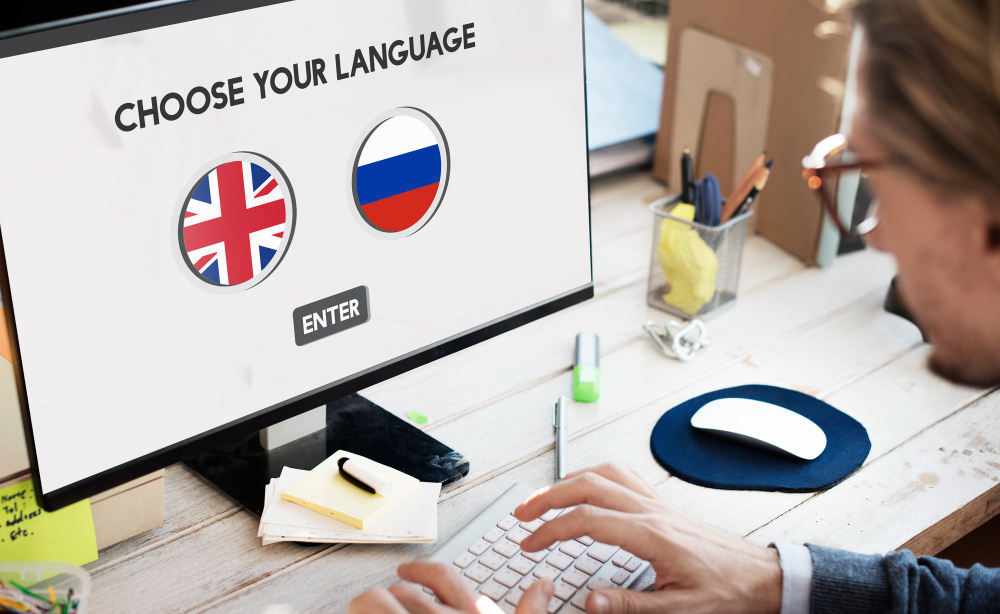Turning Transcriptions into Content: Repurposing Interviews, Podcasts & Focus Groups
Sep 22, 2025, Nishi SinghYou just wrapped up an incredible hour-long interview with an industry expert. The insights were brilliant, the stories were compelling, and you know your audience would love it. You publish the podcast episode or the video, and it gets a decent amount of attention. But what happens next? Too often, that treasure trove of valuable content sits collecting digital dust, its potential largely untapped.
This is a missed opportunity that content creators make every day. They see the audio or video file as the final product, when it's actually just the beginning. The real gold mine for your content engine is the transcript. By repurposing audio and video into text, you unlock a wealth of material that can fuel your marketing efforts for weeks or even months. This is not just about getting more mileage from your work; it's about working smarter. Let's explore how to use transcription for content marketing and transform spoken words into a powerful, multi-channel content strategy.
From Conversation to Cornerstone Content
A transcript is more than just a word-for-word record of a conversation; it's a block of high-quality, raw material waiting to be shaped. Think of it as the raw marble from which you can carve multiple statues. A single, one-hour podcast interview can easily contain 8,000-10,000 words. Within that text lies the foundation for dozens of different assets.
This process starts with one crucial step: getting a clean, accurate transcript. While automated tools can provide a rough draft, a human-verified transcript is essential for capturing nuance, identifying speakers correctly, and ensuring the text is error-free. Once you have this reliable document, you can begin to mine it for gems.
Smart Content Repurposing Strategies
The core idea behind effective content repurposing strategies is to extract maximum value from a single piece of high-effort content. Instead of constantly brainstorming new ideas from scratch, you can pull from a proven source. Here are some of the most effective ways to create content from transcripts.
1. The Pillar-and-Cluster Blog Post Model
Your full transcript can serve as a "pillar" page—a long-form, comprehensive blog post covering a broad topic in detail. For example, the entire transcript of a podcast on "The Future of AI in Marketing" becomes an ultimate guide on the subject. Search engines love this kind of in-depth content.
From there, you can pull out specific sub-topics to create shorter "cluster" posts. One five-minute segment of the interview discussing AI's impact on customer service can become a standalone 800-word blog post. Another segment on ethical AI becomes a separate article. Each cluster post links back to the main pillar page, creating a powerful internal linking structure that boosts your SEO authority.
2. Social Media Goldmine
Transcripts are a nearly endless source of social media content. Scour the text for short, impactful quotes, surprising statistics, or actionable tips. Each of these can be transformed into a graphic, a text-based post, or a short video clip.
Imagine you've completed a focus group on consumer shopping habits. The transcript might contain a powerful quote like, "I'll always pay more for a brand that I feel shares my values." This single sentence can become:
- A visually appealing quote graphic for Instagram.
- The hook for a LinkedIn post discussing brand loyalty.
- A poll on Twitter asking, "Do you prioritize values over price when shopping?"
From one transcript, you can generate weeks of social media content without any new recording.
3. Develop Lead Magnets and Email Content
Looking for more transcription-based content ideas? Pull the most valuable sections from your transcript to create compelling lead magnets. You can compile the best tips from an expert interview into a downloadable PDF checklist or a "Top 10 Takeaways" guide.
These repurposed snippets also make for fantastic email newsletter content. Instead of just linking to your new podcast episode, you can share a few of the most insightful quotes or a key story from the interview directly in the email. This provides immediate value to your subscribers and gives them a compelling reason to click through and listen to the full episode.
Real-World Example: The Focus Group Multiplier
Let's say a market research firm conducts a series of focus groups for a new sustainable footwear brand. The firm gets a detailed transcript for each session. Initially, the client only gets a summary report. But with a smart content strategy, that transcription becomes so much more.
- Blog Posts: The team identifies common themes. One post, "5 Things Modern Consumers Demand from Sustainable Brands," is created by pulling direct quotes (anonymized, of course) from participants.
- Case Study: The most positive feedback is used to build a case study titled "How [Footwear Brand] is Winning the Hearts of Eco-Conscious Buyers."
- Social Media Campaign: Short, punchy quotes about style, comfort, and sustainability are turned into a month-long social media campaign.
- Sales Enablement: Key phrases and pain points mentioned by participants are compiled into a document for the sales team to help them better understand and connect with their target customer.
This demonstrates how a single transcription project can be multiplied into numerous assets that serve marketing, sales, and product development.
The Foundation of Great Content is Clarity
The digital world is noisy. To stand out, your content needs to be clear, valuable, and authentic. Repurposing audio and video into text allows you to leverage the natural, conversational style of your spoken content while giving it the permanence and searchability of the written word. It ensures your best ideas reach a wider audience across different platforms and formats.
This entire strategy hinges on the quality of the initial transcript. A clean, accurate, and well-structured document makes the repurposing process smooth and efficient. For complex, multi-speaker recordings like focus groups, precision is non-negotiable. To ensure your raw material is of the highest quality, it's vital to work with a trusted partner. myTranscriptionPlace is a trusted leader in providing professional focus group transcription services, delivering the accuracy you need to turn your valuable conversations into a powerful content engine.
FAQs
1. What types of content can I create from transcriptions?
You can create blog posts, articles, social media snippets, email content, lead magnets, case studies, and training docs from one transcript.
You can create blog posts, articles, social media snippets, email content, lead magnets, case studies, and training docs from one transcript.
2. How do I turn a podcast transcription into a blog post?
Edit the transcript for clarity, add headings, cut filler, and focus on key themes or quotes for a structured post.
Edit the transcript for clarity, add headings, cut filler, and focus on key themes or quotes for a structured post.
3. What tools can help repurpose interview transcripts efficiently?
Use AI writing tools for summaries and headlines, project management apps for tracking, and always start with a quality transcript.
Use AI writing tools for summaries and headlines, project management apps for tracking, and always start with a quality transcript.
4. How do I maintain the original message while editing a transcription for content?
Edit for readability, but keep the speaker’s intent and main points intact. Remove filler, but don’t change the meaning.
Edit for readability, but keep the speaker’s intent and main points intact. Remove filler, but don’t change the meaning.
5. Are there copyright concerns when repurposing interview transcriptions?
Yes. Get guest consent via a release form so you can reuse the content without issues.
Yes. Get guest consent via a release form so you can reuse the content without issues.
6. How do I structure transcriptions for easy content creation?
Include speaker names, timestamps, and clear paragraph breaks—this makes repurposing quick and simple.
Include speaker names, timestamps, and clear paragraph breaks—this makes repurposing quick and simple.






